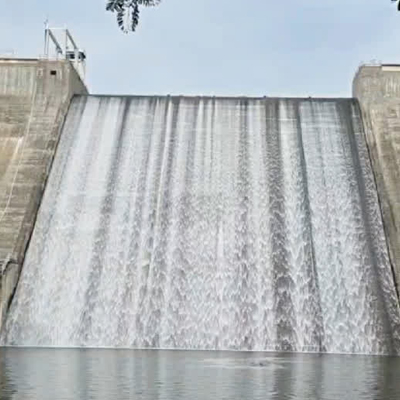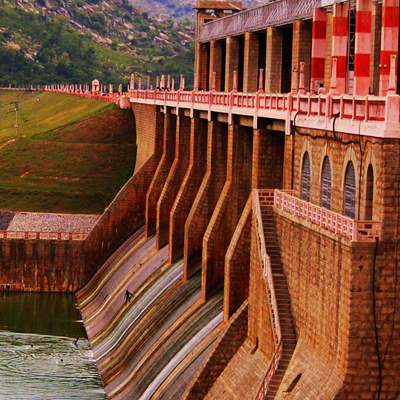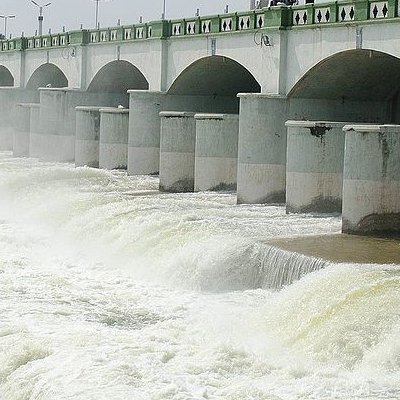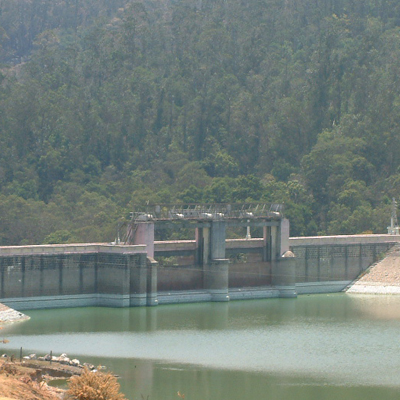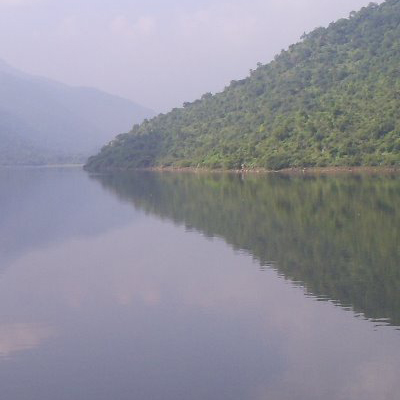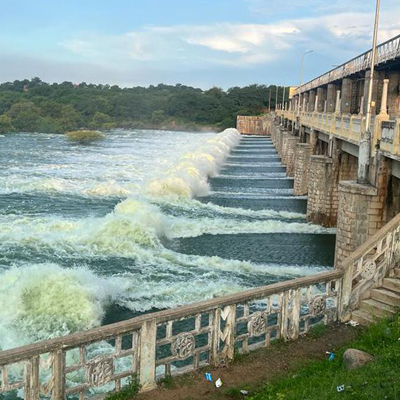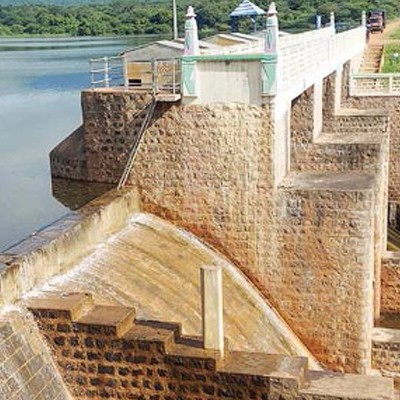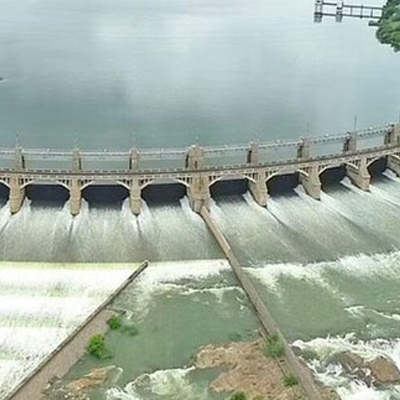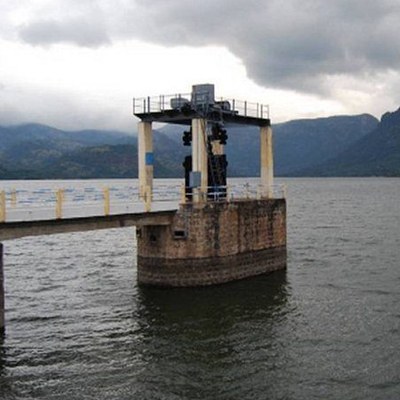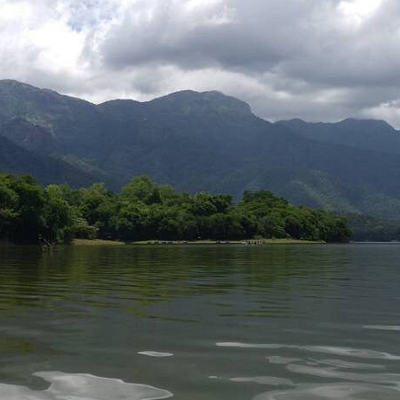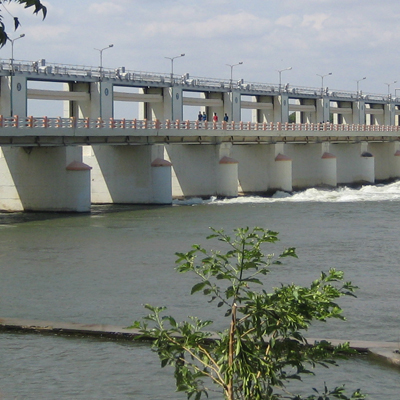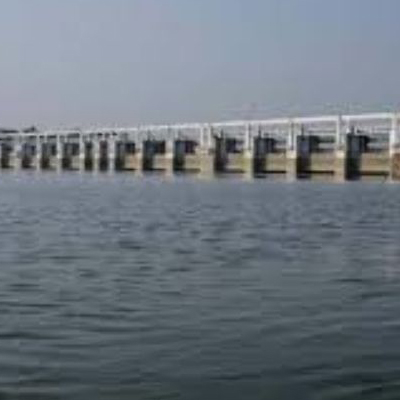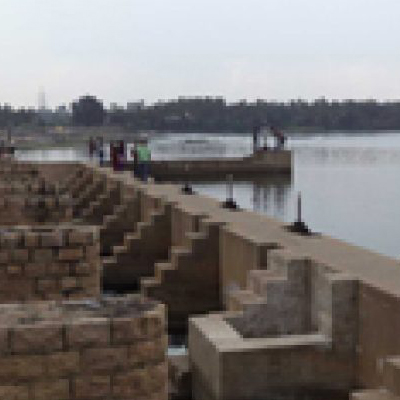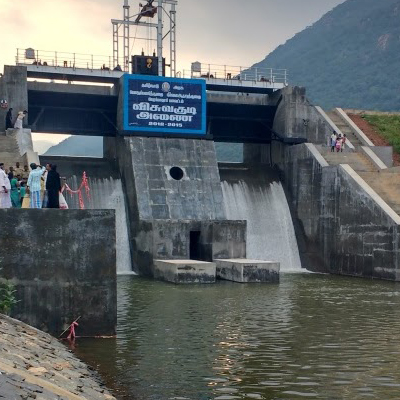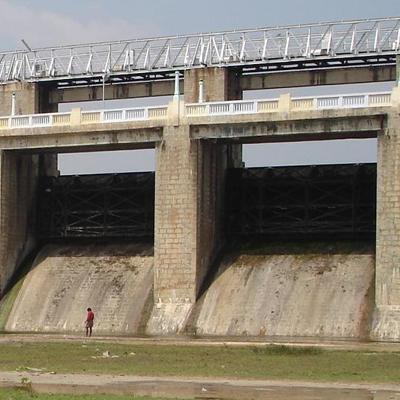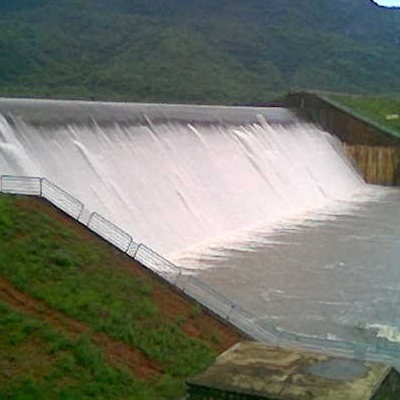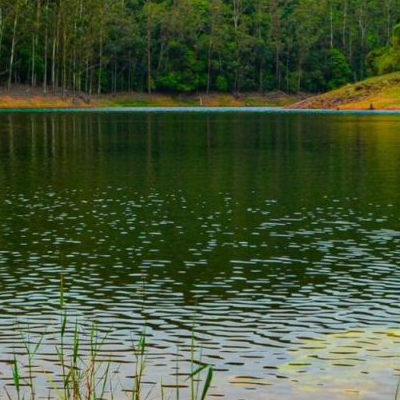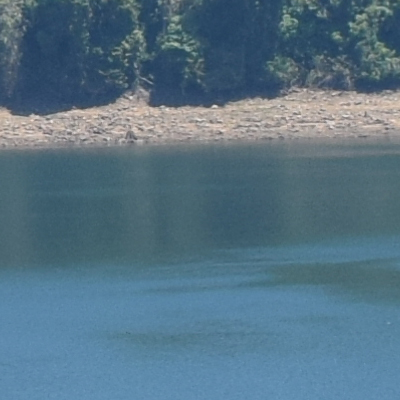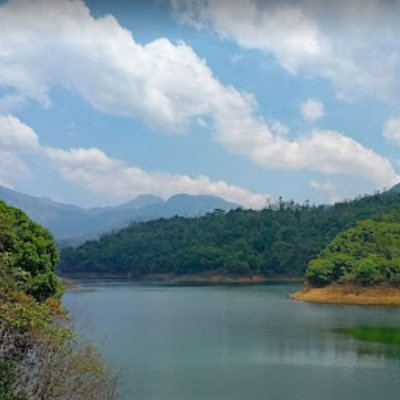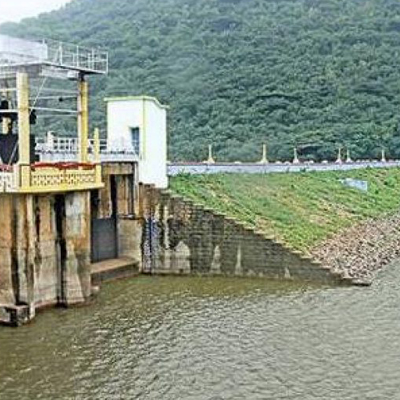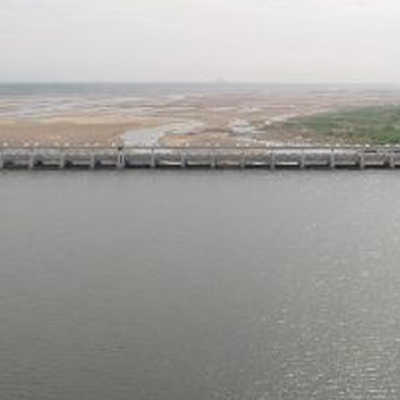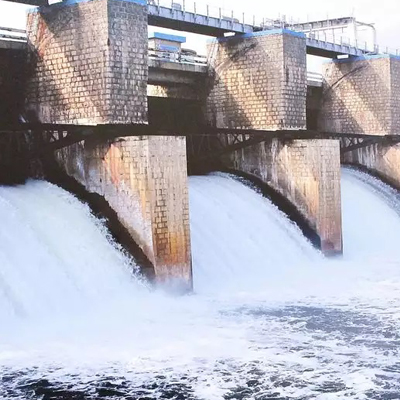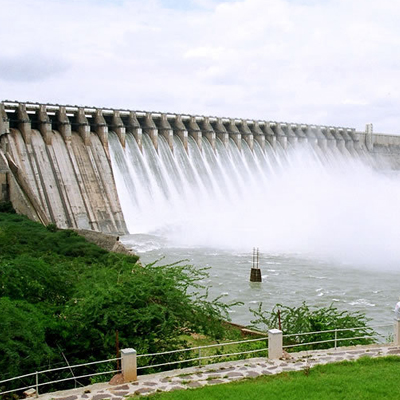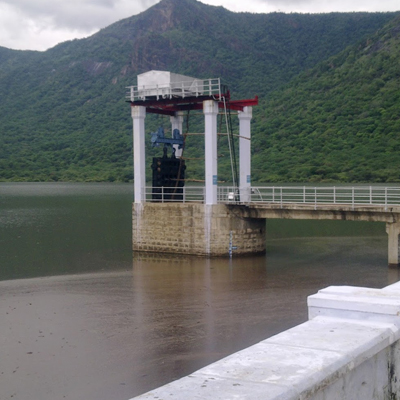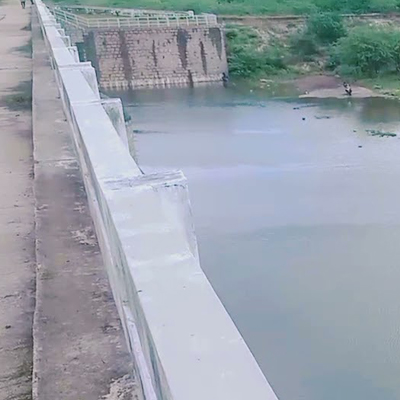Dams and Reservoir in Tamil Nadu
Along with its varied landscapes and rich cultural legacy, Tamil Nadu is home to a vast network of reservoirs and dams. Millions of people rely on these quiet protectors for their drinking water, hydroelectric power, and the state's agricultural economy. For Tamil Nadu, a state that sees seasonal changes in rainfall, these buildings are essential. They collect extra rainfall during the monsoon season, reducing flooding and storing it for later use. Then, throughout the year, this stored water is deliberately released to irrigate large areas of land and support farmers. Additionally, the reservoirs provide a vital resource for the state's towns and cities. They guarantee that urban inhabitants have access to a vital necessity—clean drinking water. These bodies of water also serve as vital supplies for industry and make major contributions to the general growth of the state. Clean energy is produced by the hydroelectric power plants installed at several of these dams. This is crucial to lowering the state's dependency on fossil fuels and supplying its expanding energy needs. By encouraging sustainable growth, the hydroelectric power produced by these structures helps to create a more environmentally friendly future. Although there are many advantages to dams and reservoirs, there can be environmental problems associated with their construction and use. It is important to properly evaluate and minimize the effects of local community relocation, changes to natural ecosystems, and potential impacts on biodiversity. Effective management of Tamil Nadu's water resources is a concern, particularly in light of rising demand and climate change. In order to secure water security for the future, it is imperative that current dams and reservoirs be maintained and improved upon, as well as that alternate water sources and sustainable water management techniques be investigated. Tamil Nadu's reservoirs and dams are evidence of the state's residents' resourcefulness and tenacity. They serve as an essential component of the state's infrastructure, demonstrating its capacity to utilize natural resources and build a sustainable future. The state of Tamil Nadu, known for its historic temples and dynamic culture, is also home to an impressive collection of dams and reservoirs that combine breathtaking natural scenery with cutting-edge engineering. The following are strong arguments for taking a trip to see these remarkable landmarks: Tamil Nadu's reservoirs and dams are enormous volumes of water that produce breathtaking scenery, serving as popular tourist destinations in Tamil Nadu.
These bodies of water are breathtaking in their sheer size, demonstrating the majesty of the force of nature. Building reservoirs and dams requires intricate engineering achievements that are a monument to human ingenuity. These buildings produce energy, regulate water flow, irrigate land, and prevent flooding. The elaborate designs and cutting-edge methods utilized to build these enormous towers are impressive to visitors. The regions around lakes and dams frequently turn into wildlife havens. A variety of bird species, animals, and reptiles are drawn to these sources of water. In addition to spotting migratory birds, wildlife enthusiasts can come across secretive creatures like leopards and elephants. Visitors can engage in a variety of recreational activities at dams and reservoirs. Getting up close and personal with aquatic bodies is possible through popular activities like boating, fishing, and kayaking. Hiking trails and picturesque picnic areas offer chances to enjoy the peaceful surroundings.
A few dams and reservoirs have been important to Tamil Nadu's history. They have played a crucial role in supporting communities, facilitating transit, and supplying water for irrigation. Investigating these buildings provides insight into the history of the state and its relationship to water. A worthwhile educational experience can be had by visiting dams and reservoirs. Researchers and students can gain knowledge on hydrology, conservation initiatives, and water management. These sites offer concrete illustrations of the vital function that water plays in our daily existence.
